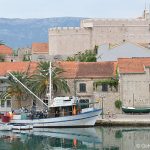TCN’s series looking at the bloggers of Croatia continues on February 22, 2016, and we are delighted to feature the ultimate pioneer of Croatian blogging. Jane Code has just celebrated a decade of blogging about Croatia with her Croatia Online and accompanying Croatia Cruising Companion blogs. A fascinating look over ten years in which tourism in Croatia has changed rapidly, and a must-read for those with Croatian nautical interests.
1. You are the oldest English-language blog about Croatia, 10 years old last month. Why did you start the blog, and how has it changed over the years?
I felt very privileged to be in Croatia when it was still so undiscovered, and I’d come home with such a buzz when I’d found a new place, person or story, that I had a strong need to share it with as many people as possible! Blogging added an extra dimension to my explorations and was also a great way of connecting with like minded people. I was just beginning to establish myself as a journalist and, although Croatia Online was a hobby, it turned out to be great for honing my skills. I started up the Croatia Cruising Companion blog a couple of years later to focus on nautical matters and to spread the word about our book which meant that I could keep Croatia Online entirely for pleasure.
In the beginning I had quite a rigid format and posted almost every day on different subjects – business, lifestyle, food and drink, etc. Gradually, as I relaxed into the Dalmatian way of life, so did the format and I just blogged when I felt like it. Thankfully blogging software became more intuitive though I still do a little HTML coding every now and then. Croatia took a back seat for a few years while I focused on a couple of big projects in the UK but now its top priority again. There’s certainly no shortage of inspiring material but it’s harder to find something truly original or undiscovered than it was in those pioneering days when almost everything was new to me and to the small Croatia loving English speaking bloggersphere!
2. You are also co-author of the Croatia Cruising Companion. Tell us a little how sailing tourism has changed in Croatia over the last decade, and are you happy with the progress being made?
That’s an interesting question – the short answer to the second part is yes and no! On the positive side, Croatia seems much more welcoming to foreign visitors with their own boats than it was. In the early days we were often asked to help Brits looking for permanent berths many of whom had come up against a brick wall. Similarly the red tape for foreign owned boats was a problem for a number of years – a side effect of heavy legislation to protect the national charter industry. With Croatia entering the EU and its generally more pragmatic approach, things are much easier now but I think some foreign yacht owners remain a little scarred from earlier experiences.
But of course fame comes at a price. When we first started researching our Croatia Cruising Companion, way back in 2004, you could anchor pretty well anywhere you liked, there was nearly always space in every marina whatever the time of year, and marina and charter rates were much more affordable. Now, of course, there’s an increasing awareness of the need to protect the seabed and maximise revenue from all forms of nautical tourism, hence the proliferation of organised anchorages and a steady hike in marina and charter prices, as well as very crowded seas and marinas in July and August.
I think what amazed me most in the early days was just how much Croatia has going for it as one of THE top sailing destinations in the world and how it had managed to stay under the radar for so long. It’s not just the huge number and variety of the islands, or the crystal clear waters and Mediterranean climate, or the history, or the simple good food, or the traditions, or the fact it’s so relatively safe, or the abundance of marinas, ports and anchorages, or the lack of tides of any significance, but the fact that it’s hard to think of anywhere else where you can find so much variety all in a short day’s sail – you can wake up in the harbour of a beautiful historic metropolis like Trogir, Split, Šibenik or Zadar, have lunch in a rustic konoba on any one of a number of deserted islands, an aperitif on a small inhabited island like Šolta or Zlarin, dance the night away in a vibrant night spot like Hvar town and then sleep peacefully at anchor in an idyllic island bay. There really is something for everyone and a fantastic choice of anchorages, ports and marinas.
3. In an interview with TCN, former Minister of Tourism Lorencin said that Croatia was doing the exact opposite of successful nautical tourism countries – what are your thoughts on that?
I understand the need to maximise the tourism take but I think the former Minister is being a little hard on his country and I’m not sure that Croatia needs, or can easily cope with, the traffic from another 15,000 boats. Apart from which, the over dominance of glitzy marinas can completely change the ambience of a region, or becomes necessary as a result of deficiencies in the intrinsic qualities or natural assets. Croatia does not have that problem and is not easily comparable with other world class cruising areas. If you compare the vast array of attractive destinations that Croatia has to offer nautical visitors, and the short distances you have to sail to get to them, then it’s logical to expect nautical visitors to spend a lot more time sailing and exploring, and a lot less time luxuriating in spas or otherwise upping their spend on high end but non essential ancillary marina services. How the host country makes a fair and decent return on that is a complex question.
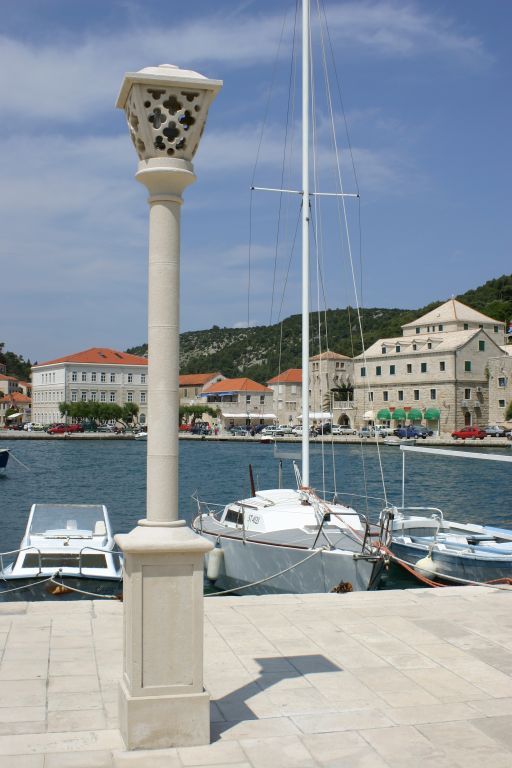
As for state owned ACI, it’s good to read they have overcome many of the historic challenges – it ought to be an absolute goldmine! Let’s not forget though that Croatia was well ahead of its time when the ACI network of marinas was built and it’s understandable that what were once first class facilities have become a little dated. Yachts have got bigger and visitors expect more from marinas in terms of basic facilities. One of Croatia’s many big nautical attractions is being able to moor up in the middle of vibrant towns like Trogir, Split and Zadar, but unused land around the main cities is scarce. Croatia is not, for example, like a remote island in the Caribbean where you might find hectares of unused land, together with the deep water needed for larger boats, to make a new state of the art marina with hundreds of berths and extensive five star facilities. Instead Croatia has to make innovative use of what it already has.
In this year’s Boat International annual guide to superyacht marinas – “Superports 2016” – we included ten of ACI’s (soon to be) 22 marinas as capable of accommodating yachts over 25 metres with all the facilities discerning superyacht owners expect. In working with ACI on that it was clear to me that it is making a key and concerted effort to find new or “better” space for larger yachts in its existing marinas, and making a substantial investment in the upgrade of facilities, including the roll out of a gastro project in all its marinas which I think IS a good way of increasing visitor spend. The Doğuş Group has also invested heavily in Croatia’s marina infrastructure – the continuing development of Croatia’s first dedicated superyacht facility in Šibenik and an ongoing plan of improvements in Croatia’s largest marina in Sukošan, and also in Borik marina. In a way though, it’s unfair to single out the two largest marina organisations as there have been a number of excellent initiatives from independently owned marinas, many of which offer a wide range of modern facilities. Marinas Kaštela, Trogir, Baotić, Kornati, Frapa, Tribunj, Martinis Marchi, Olive Island and Preko spring to mind but there are many more.
I think the former minister is right that there is plenty of room for improvement and growth in the repairs sector of the marine industry. This is an area where Croatia could and should excel, particularly given, for example, it’s know how, location and current challenges for its shipyards. The worldwide superyacht refit and repair industry is now larger than that for new builds, according to at least one recent industry report, and if Croatia could take a larger slice of that market it could be very lucrative in itself, as well as establishing Croatia as an all year round home base for skippers and crew.
Charter is another obvious area to focus on. There’s a relatively untapped market of landlubbers out there that has yet to realise that sailing Croatia, in relative comfort, is easily within their reach if they take a skipper as well, and might not cost much more than staying in a good hotel for a similar period of time. And I think there is room for more innovation away from the traditional high season formats of one or two week charters and flotilla holidays. Innovations like Yacht Week have been a great success for younger tourists but the ever increasing over fifties market also have a sense of adventure and are more inclined to travel outside the main summer season. It’s a risk to keep a boat free for charters of less than a week but I think skippered day sails for couples, families or small groups might work. Similarly there seems to be an unmet demand for two or three day sailing trips or quality cruises for small groups of reasonably well heeled independent travellers. The challenge I suppose is to be able to make shorter trips affordable but profitable, given the costs of the turnaround. However, if a small “taster” sail gives a visitor the confidence and an appetite to come back and charter a yacht and a skipper for two weeks next year, or perhaps even go to a sailing school in Croatia, then it’s worth the risk.
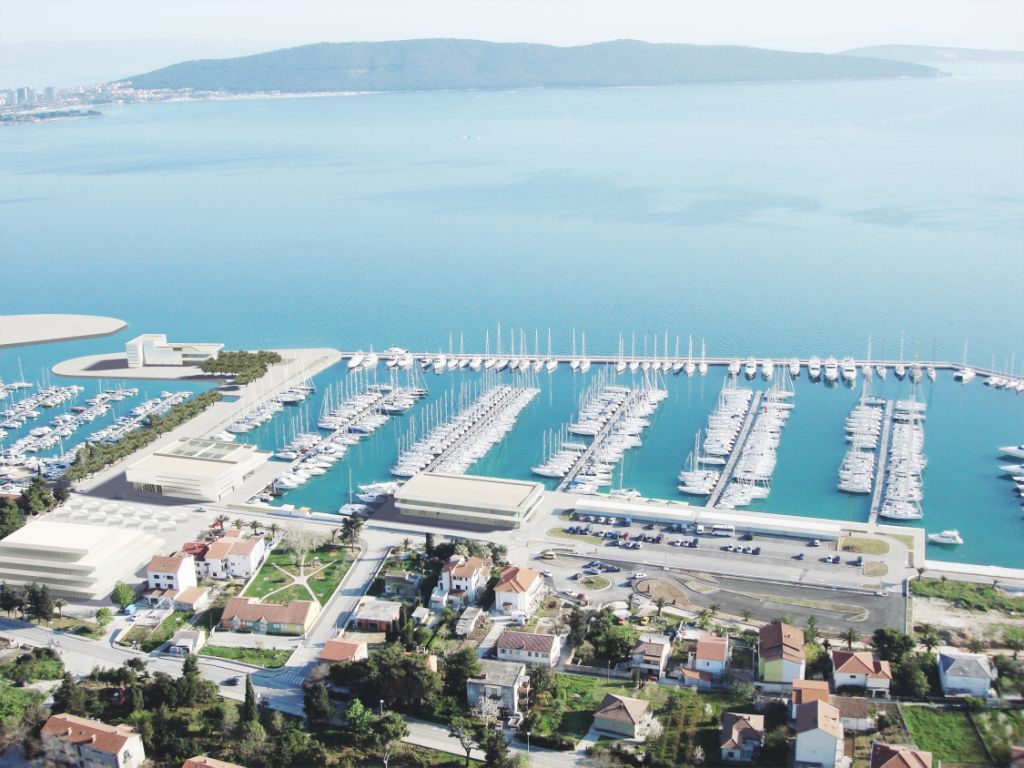
Perhaps there was a certain amount of inward thinking in the past – “the marinas are full, with waiting lists, so what does it matter” is the apocryphal tale – but sometimes a contrarian approach can be refreshingly successful, and the pursuit of quality over quantity is very encouraging. Maybe there is also a threat from Montenegro stealing the limelight, particularly for superyachts, so perhaps a few more well publicised events for the international yachting glitterati just to highlight the depth and breadth of Croatia’s nautical tourism offer? And it’s high time that Croatia took nautical waste disposal more seriously and invested in modern pump-out systems in all its ports and marina.
Finally on this point, I think one of the most significant breakthroughs could be the arrival and growth of the ECA seaplane service. As I’ve already mentioned, the space for new berths on the mainland, and key island towns like Hvar, is limited. More flexible transport links could open up berth capacity on many of the islands, providing a whole new range of one way charter options, charter bases and places where superyacht charter guests can join their yacht. Expensive single hotel nights, or lost charter days, as a result of time consuming road or ferry connections between international airports and the more “remote” charter bases, could well become a thing of the past.
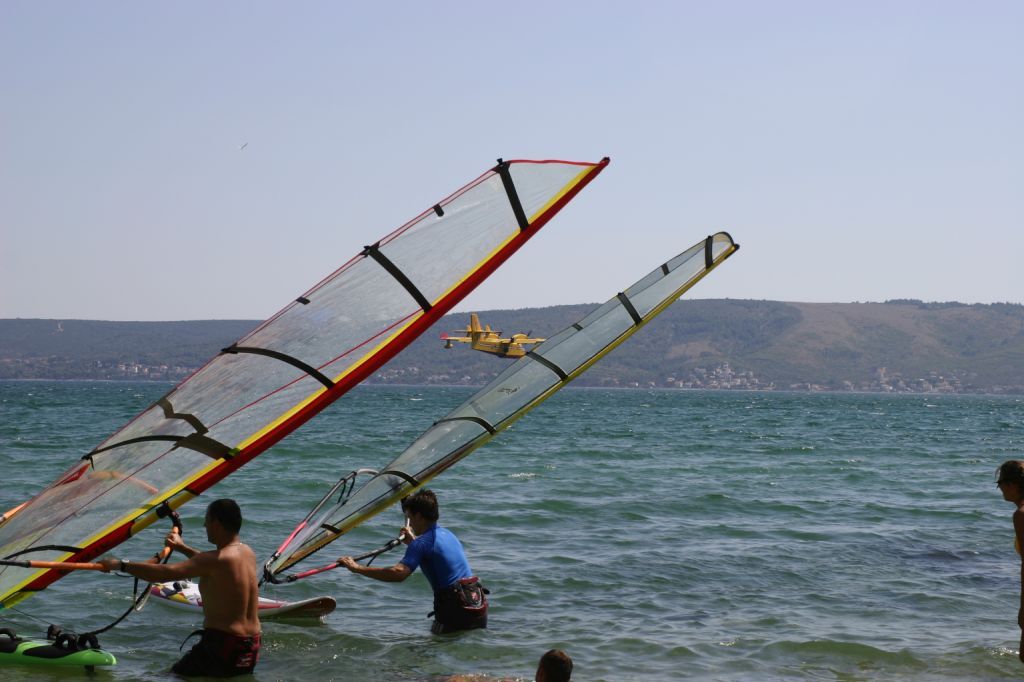
4. With being involved with tourism in Croatia for so long, you have an interesting viewpoint on how tourism is progressing. Is Croatia on the right path with its tourism strategy, and what would you like to see more/less of in terms of marketing focus?
Progress seemed quite slow to start with, particularly on what I thought must be the most obvious priority of extending the tourist season. It’s not THAT long ago that I had to go via Zagreb, or take a ferry from Split to Ancona, to fly to the UK out of season. Just a few years ago we’d often arrive on a not so remote island in the last week of June or the first week in September and find everything closed. That situation has improved considerably, not least because of the steady increase in the choice of affordable international flights all year round which has also raised the profile and popularity of city breaks. The “Croatia 365” campaign should improve things further and Croatia really is an all year round destination if you choose your spot carefully.
The other thing I noticed in my work with Time Out was that a high proportion of many marketing and advertising budgets seemed to be spent nationally rather than internationally. Once in Croatia there’s a tourist office on almost every corner and a wealth of publications in multiple languages to let you know what you can see, eat drink or do, and where you can stay. However, even ten years ago we still encountered plenty of people in the UK who had simply not heard of Croatia, or could not place it on the map, let alone knew of its outstanding natural assets! From a more personal perspective I’d like to see fewer large cruise ships and big organised tours, and more of a focus on independent travellers or small groups who generally spread quite generous budgets more widely and like to go off the beaten track to uncover the real Croatia.
Again progress is a double edged sword – I’ve made some very affordable trips to stunning destinations like Vis town where we stayed in a perfectly decent, but not luxurious, hotel with spectacular views of the bay, incredible sunsets, and a short walk away from excellent restaurants, castles, vineyards and olive groves. We joked at the time that if Croatia was really going to be successful with its tourism strategy, our hotel was bound to become an exclusive boutique affair, way outside our budget, and there would be no way we’d be able to continue to afford the kind of lifestyle that attracted us to Croatia in the first place.
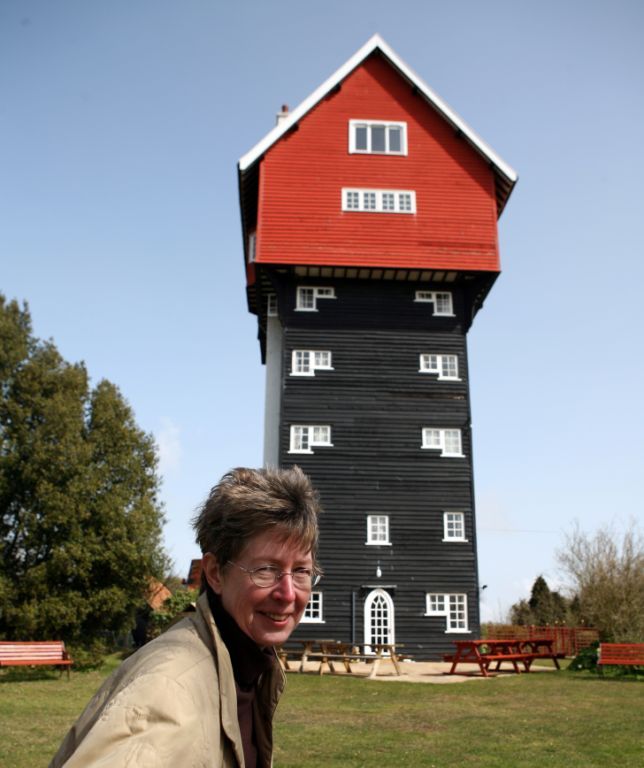
I feel very protective towards Croatia and I don’t want to see the locals moving out of cities like Split and Šibenik as they have done in, say, Dubrovnik, which is now rather soulless in winter. Our first base in Croatia was Trogir which definitely has a life all year round – we loved seeing the children running around the Riva outside the school and observing all the activity in the shipyard. But of course the school is located on what could be a prime site for a hotel, and part of the shipyard has already become a new marina….
I’d like Croatia to learn from the mistakes of others and focus on remaining “The Mediterranean as it once was”. It needs more than a tourism strategy in isolation, it’s got to be holistic. It’s about focusing on preserving island life and traditions, ensuring the ferries stay affordable for locals and visitors alike, maintaining the whole of the post office and tourist office network, keeping the sea clean, the sustainability of fish stocks, supporting unique endeavours like the Sokolarski Centar and Etnoland, protecting ancient ruins and monuments, promoting organic small holdings, olive groves and vineyards, encouraging family businesses, celebrating traditions like klapa, etc. I know it’s a tall order, and a lot of good work has already been done, but we’ve already got a South of France and a Caribbean, and perhaps even a new Monaco in Montenegro, but let’s keep Croatia as undiscovered and unspoilt as we can and as it once was! And perhaps it’s worth a campaign to remind everyone that the very best way to see the very best of coastal Croatia is by sea!
5. Ten years, lots of blogs. Introduce us to some of your favourites.
A few have disappeared along the way but I am glad to see a couple of old friends still around:-
Visit Croatia has been online since 1998 and encompasses a large body of knowledge about Croatia which it consolidates and updates regularly in easy to digest form so that, for example, you can see a full list of all the scheduled flights to Croatia on one page. It does have a separate blog section and a forum but the whole website is really a compilation of excellent and regularly updated postings.
The newsletters of the Croatian Language School in London are a pretty good blog equivalent and feature reports from a student, Mike Forbes, as he sailed around Croatia, not to mention some insightful interviews under the heading Croats in London.
My absolute favourite blog is Alan Mandić’s Secret Dalmatia Blog and I’m rather proud to have had a hand in getting him started on blogging. In fact, once Alan got going I rather thought my blogging work on Croatia was done! He has a superb command of spoken and written English, not just for a Croatian, and a deep insight into the real essence of Croatia’s appeal to the foreign visitors that arguably make the best tourists – those that expect value for money but are prepared to pay well for the kind of special “local” experiences that aren’t readily available elsewhere. More than that he’s very generous with his time and knowledge when many in his position would jealously guard all their secrets for paying clients and guests!
On the whole, the websites that I spend most time on, or that crop up most often when I am researching, are high content ones like Alan’s and TCN though I’ve found quite a few great sailing blogs chronicling adventures of a lifetime around the Adriatic.
Some favourite blogs of mine over the years:
Birding in Croatia
The best discoveries tend to make the best blog posts and I had an amazing day out in 2009 with Robert Crnković, of Val Tours in Biograd, who took me bird watching for the very first time – another relatively undiscovered feature of Croatian tourism! I revisited the subject in this 2014 posting, using one of my favourite photographs of a couple of bickering pygmy cormorants. Checking out Val Tours website again, and seeing a number of tours planned for 2016 and 2017, it looks like perhaps their pioneering efforts might be starting to pay off. Non birdwatchers might even find this one of the best and safest ways to discover some of Croatia’s most unspoilt, unknown and varied landscapes.
Croatia’s Marmite – the Kornati Islands
This 2009 posting brings together some readers reports on a variety of subjects which highlights just how much some things have changed. Thankfully, most of the problems with the regulations are a thing of the past but even seven years ago there is a suggestion that Croatia is no longer the bargain it once was for sailing!
What is great in terms of overall web progress and content is a really comprehensive and insightful news site like TCN. Back in the day, as I was trying to improve my command of the Croatian language, I used to have to rely on the pictures in Slobodna Dalmacija to try and get a better grasp of what was going on!
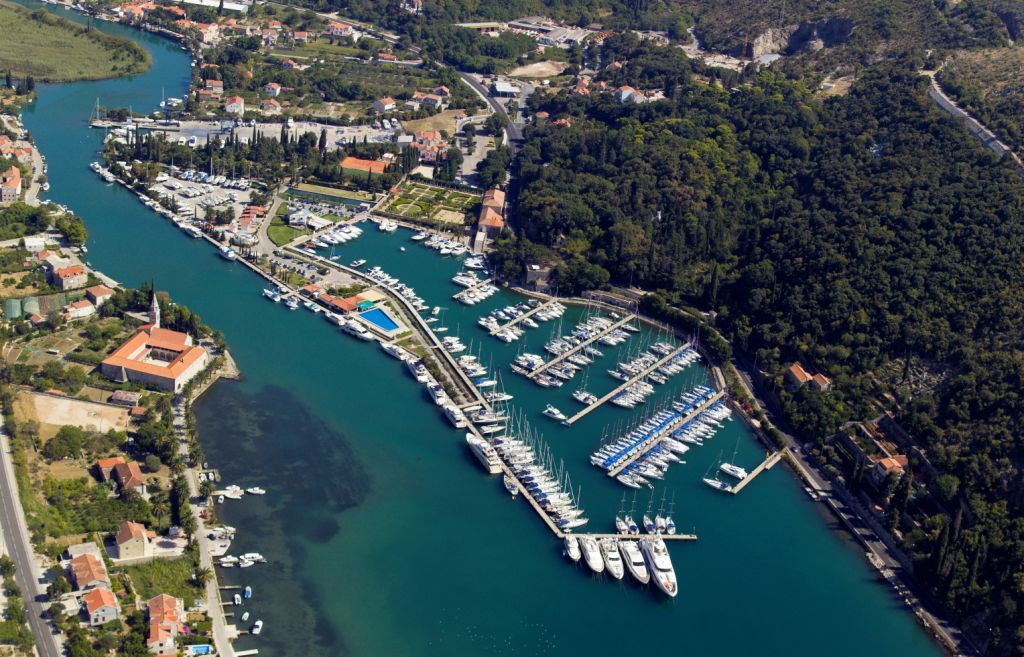
6. Introduce us to three sailing destinations less travelled for sailors wanting to explore the Adriatic off the beaten path this summer.
I’ve visited, often many times, very nearly every single one of the 300 plus marinas, ports and anchorages of the Dalmatian coast and islands that were covered in our book, so it’s difficult to choose just three but here goes:
* Uvala Vinogradišće, on the south coast of Sveti Klement Island, off Hvar island, is
a really scenic anchorage with some great restaurants. You can walk over the hill to the marina, on the north side of the narrow island, and get a boat taxi into Hvar town avoiding the hustle and bustle of Hvar’s busy town marina. And after the bright lights of Hvar town you can return to your boat and drift to sleep in a peaceful bay – the best of both worlds.
* Pučišća is a prosperous unspoilt stone quarrying town at the head of a deep bay on the north coast of Brač island. Even the street lights are made from the white stone, famous for its use internationally and in Diocletian’s Palace and Šibenik Cathedral. The village economy does not depend on tourism and so local culture remains grounded in island life.
* Polače, at the west end of the north coast of Mljet Island, is a spacious safe anchorage on one of Dalmatia’s most unspoilt islands. There’s easy access to the salt water lakes and the magnificent scenery of the Mljet National Park.
7. How would you assess the blogging scene in Croatia today?
As technology and software improve, the boundaries between promotional websites and blogs become increasingly blurred and I’m sorry to say I think the blogging scene in general might be in danger of becoming tired or over commercialised. Thinking specifically of Croatia, its emergence as a discovered destination has given rise to an explosion of blogs of varying quality, some of which seem unashamedly aimed at promoting a business or attracting advertisements at the expense of real content. I know we’ve all got to earn a living but I like blogs that I can just read without being overwhelmed by ads, or boxes, or the need to click several times to get to the full story. Taking Alan Mandić’s blog as an example, it’s obviously written from the heart, infinitely readable, and you can learn so much from just one posting – there aren’t many like that around. I’d like to see more English language blogs going deeper under Croatia’s skin or specialising in one particular thing that they do comprehensively. Having said that I’ve just searched on “Dog Friendly Croatia” and found what seems to be another older and content rich site – Croatia Expert – so maybe I just haven’t looked hard enough recently! I tend to find the best blogs when I’m researching the most obscure facts and I’ll be doing plenty of that over the next few months so ask me again once the new edition of the Croatia Cruising Companion is out!
It’s very easy to lose track of postings in the older blog formats so, for easy reference, I created a separate index site for both my blogs which you can link to on the right hand side of the home page. Skimming through that takes me quickly to a couple of personal favourites
About Jane Cody
Jane Cody originally trained as a Chartered Accountant, her last role in the UK being FD of the production company for the musical “Mamma Mia!” After helping it through an exciting period of worldwide growth, she recruited her replacement and moved to Croatia in 2002, returning monthly to London for ongoing work and personal commitments.
Jane started blogging on Croatia in 2006 and soon after became a regular contributor for Time Out publications when they launched their annual magazine and biannual guide for Croatia. At the same time she was working hard on the first edition of the Croatia Cruising Companion which was published in 2007. She writes and edits various features and publications for the superyacht magazine Boat International, including its annual superyacht marina guide – Superports – and two books in the series of Superyacht Owner’s Guides – Croatia and Montenegro. She plans to complete a new edition of the Croatia Cruising Companion later this year. Her two Croatian blogs are www.croatiaonline.blogspot.co.uk and www.croatiacruisingcompanion.blogspot.co.uk

